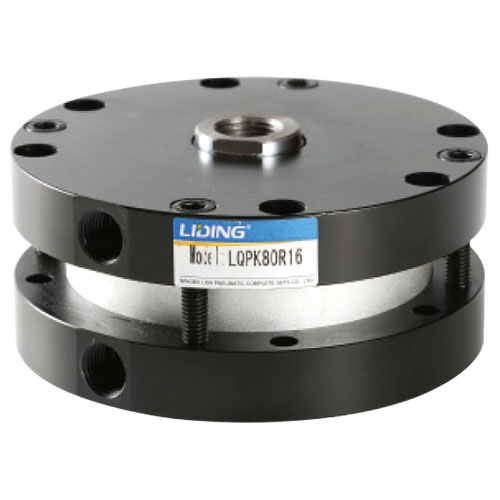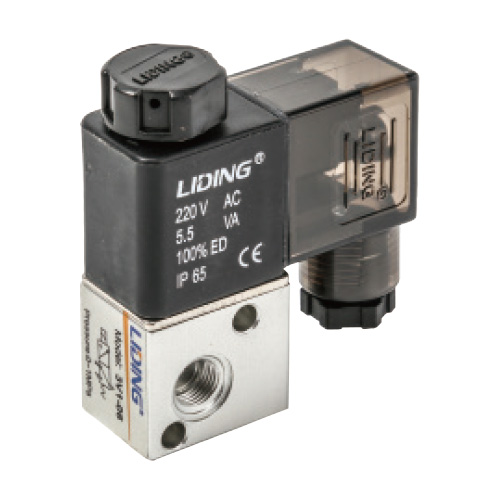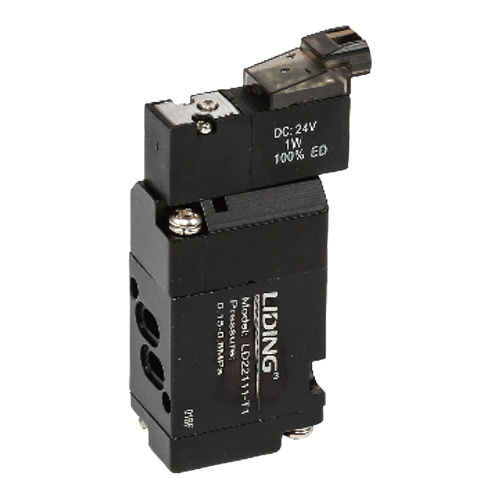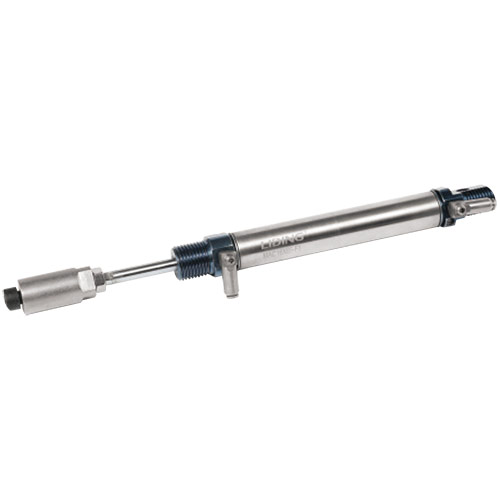Standard cylinders are used in hydraulic and pneumatic systems
Standard cylinders are used in hydraulic and pneumatic […]
Standard cylinders are used in hydraulic and pneumatic systems. In the United States, these are governed by the United States Department of Transportation. In the UK, they are regulated by the Department for Transport, while in Canada, they are governed by Transport Canada. In addition, many countries have independent testing agencies that have specific requirements for cylinder design and performance. Some of the more common tests that a cylinder must pass include the hydrostatic and burst tests. There are also pressure cycling and Charpy impact tests.
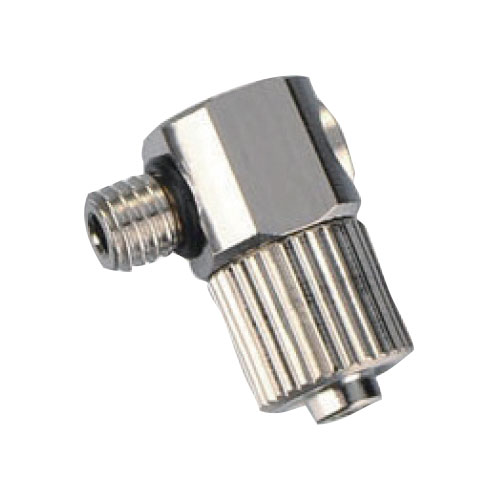
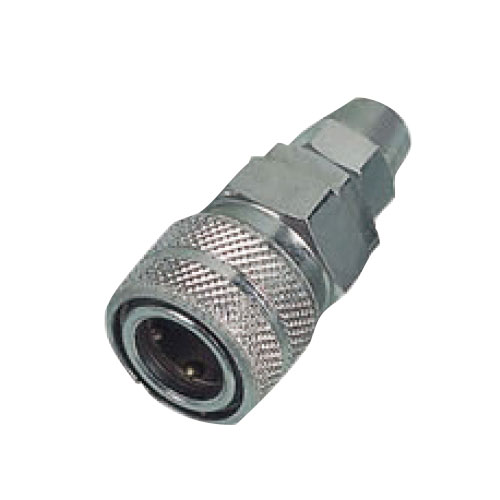
In addition to determining cylinder strength, the cylinders must be handled gently during transportation. Once they are at the testing laboratory, they should be placed in a humid curing environment at 73 degrees Fahrenheit. The environment should maintain a constant water content on the cylinder's surface during the curing process. One of the most important factors for determining the strength of a concrete cylinder is its mass. The caps should be flat and have an average thickness of less than 1/8 inch. This is especially important when testing concrete with a strength of more than 7,000 psi.
Another type of cylinder is the high-pressure cylinder. This type is used to transport large amounts of gas. They are often longer than a standard cylinder and have a tapped neck at both ends. They are typically mounted alone or in groups. Some are mounted on permanent bases or trailers. They can be horizontal or vertical. They are also often managed as a group to maximize safety.
Is founded in 1994, As a China pneumatic directional control manufacturers and air source treatments suppliers, we professional to provide customers the pneumatic execution, direction control, air source treatment and all kinds of auxiliary services and personalized solutions. We has been listed as national
high-tech enterprises, the national sme technology innovation fund, the national liquid air industry
association governing units.


